Robin Cheers admits that this might sound strange, but this “painting tool” can actually help you make correct marks from the start.
By Robin Cheers
One of the most useful tools I found for my studio was a kitchen timer! I know it sounds strange, but sometimes I would struggle to start a painting because I felt like I wouldn’t have enough time to work, or I would start working but develop things so slowly, that my original idea or inspiration would leave my head and the work would morph into something new and different . . . not always a happy ending.
I had read about artists doing exercises like painting with limited strokes or limited time, so I thought I would give that a try. I set a timer for 30 minutes and covered as much of the canvas as I could. It turned out to be a great way to get my initial impression down and get to work. I didn’t hesitate because of time, and I could build upon the start to any level of completion I liked. The loose start can be left mostly alone with just a focal point developed further or the whole painting may get a tighter or more realistic finish.
Setting a timer trained me to quickly “be in the zone,” push away distractions, and make correct marks from the start. Such focus and speed are especially helpful when the light is changing rapidly as in plein air work, or when your models are on the move in an urban street scene or interior setting.
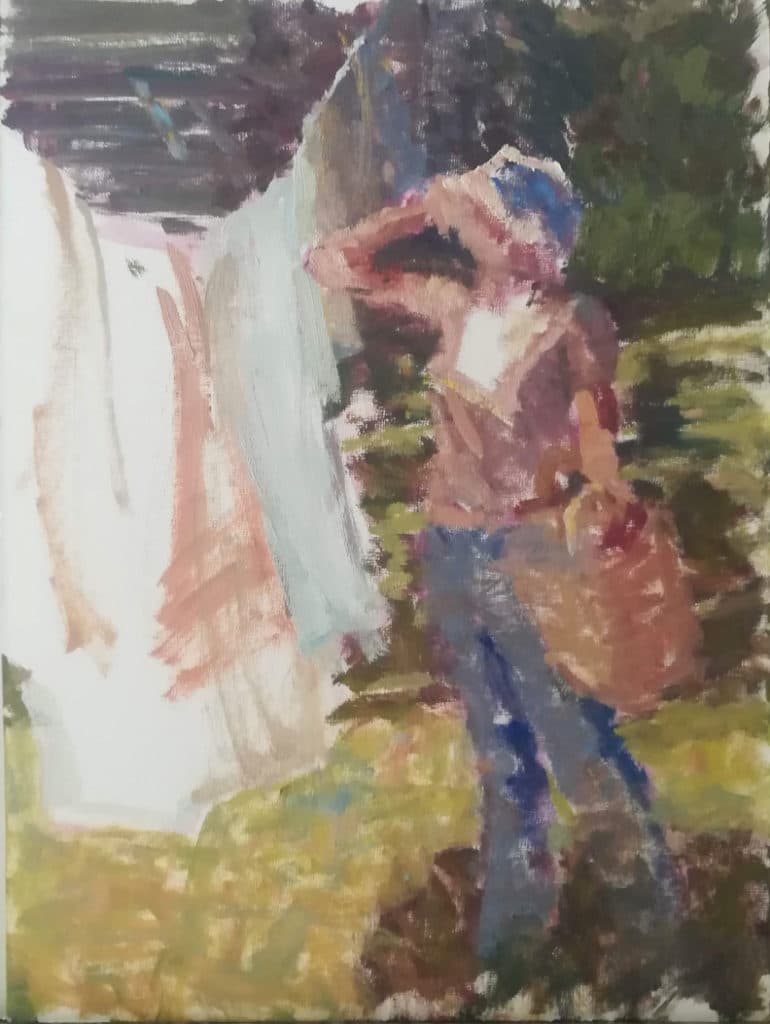
Outdoors, the quicker you can capture a scene, the better. Light moves so quickly that if you can get your initial block in done in 15-20 minutes, you can flesh out the scene within an hour before the sun has moved and changed too much. I see many artists struggle to catch up to the changing light as they keep trying to match what they see currently, rather than when they started. A quick start means you are capturing the essence of the scene before too much changes.
Your first attempts may be tentative and messy. You will feel pressured to cover the canvas. But with enough starts, your comfort level will grow and you will master the practice.
I use a lot of thinner in the quick start because it allows the paint to spread more easily. I like the transparency too, and it will dry quickly so I can work on more layers or texture as I develop the work. Another reason for a thin start is that it’s easy to wipe off if you aren’t satisfied. And if you aren’t satisfied, you only have a short time invested so you feel less frustrated about wiping back. The quick start is a great way to know quickly if the painting is going to work.
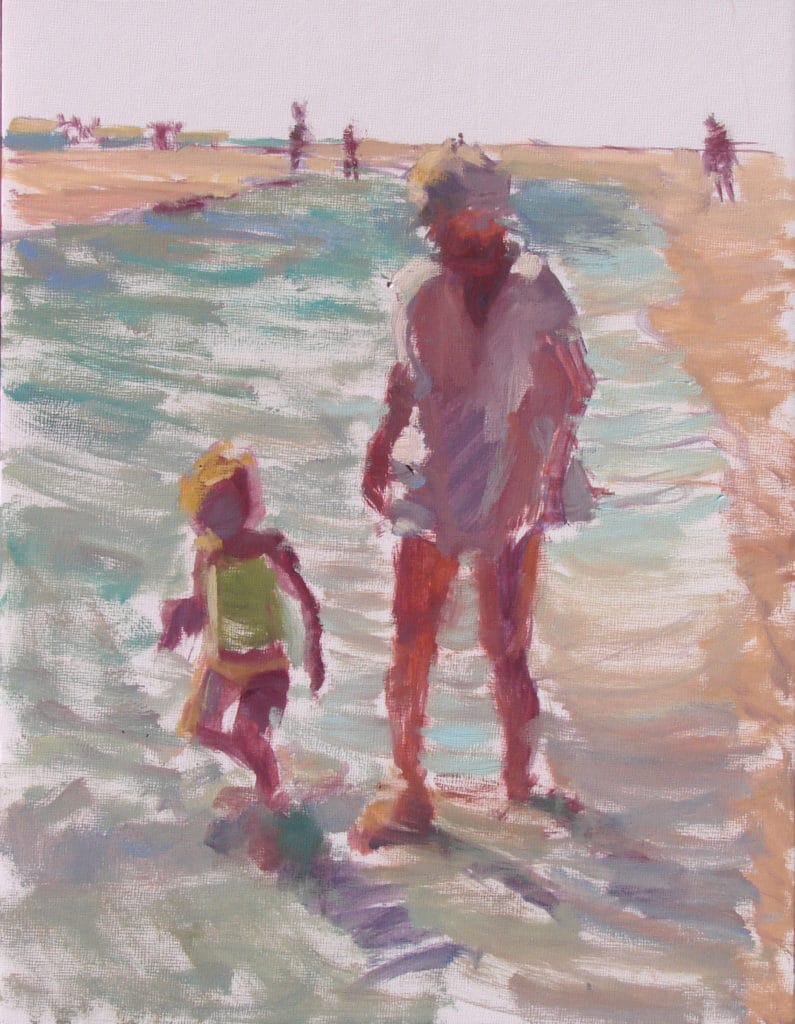
How to do a quick start
Have your subject ready, squint and draw, mass in, scrub or towel in your design in the first couple of minutes with transparent, thin colors. Start with a dark THIN mix, lay in your guide lines and large dark masses or shadow shapes. (10 minutes)
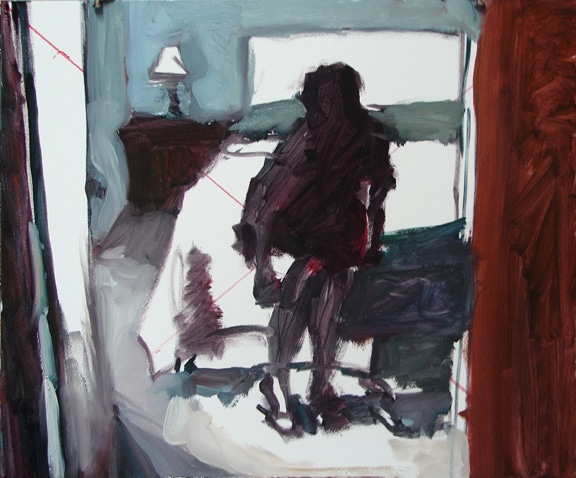
Start to work in more opaque color in your middle values. Do not fully mix on your palette; allow broken color to make it onto your canvas. Move all around the canvas working larger shapes into smaller ones. Leave lightest lights as empty canvas. (12 minutes)
In the last 8 minutes check your shapes, cut into or cover over to correct drawing, adjust relative values and color. Add the pops of bright pure color and/or white highlights.
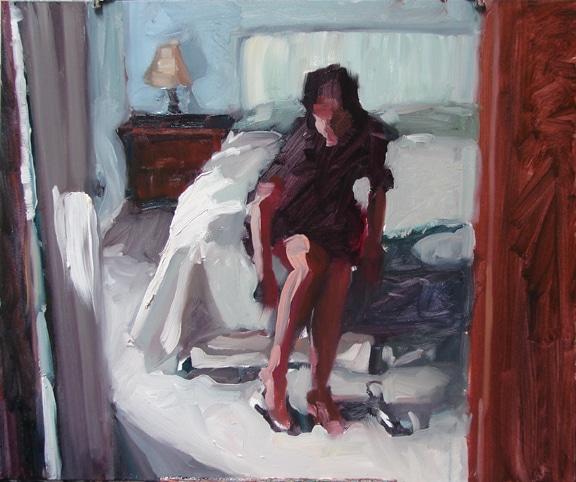
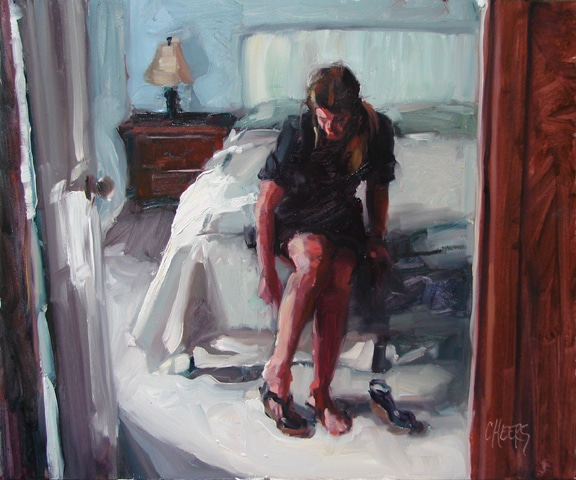
Additional Quick-Start Painting Example:
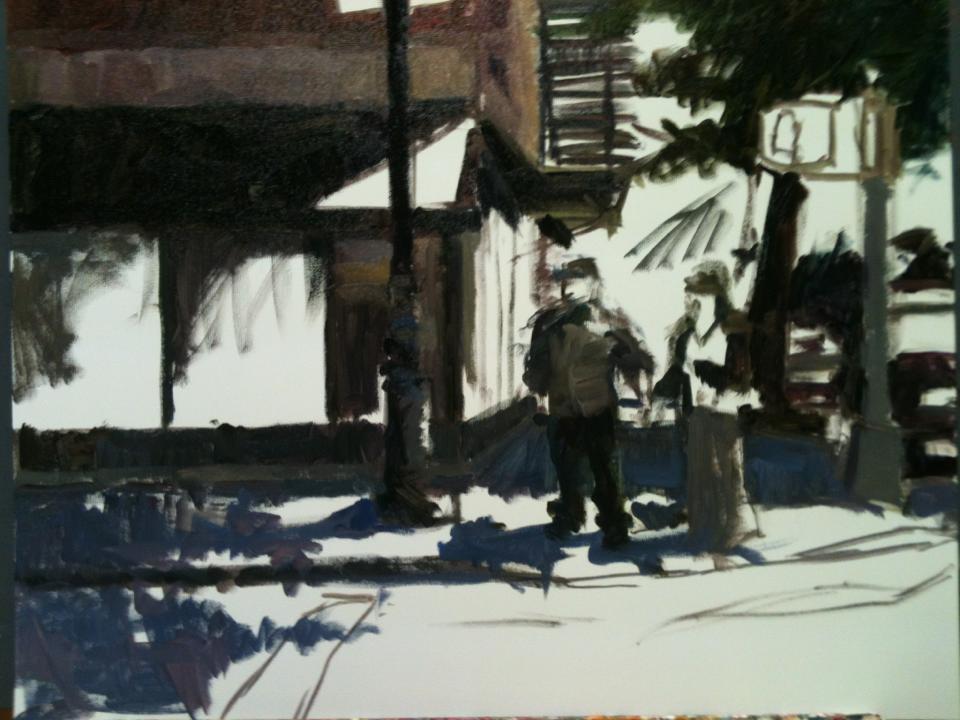
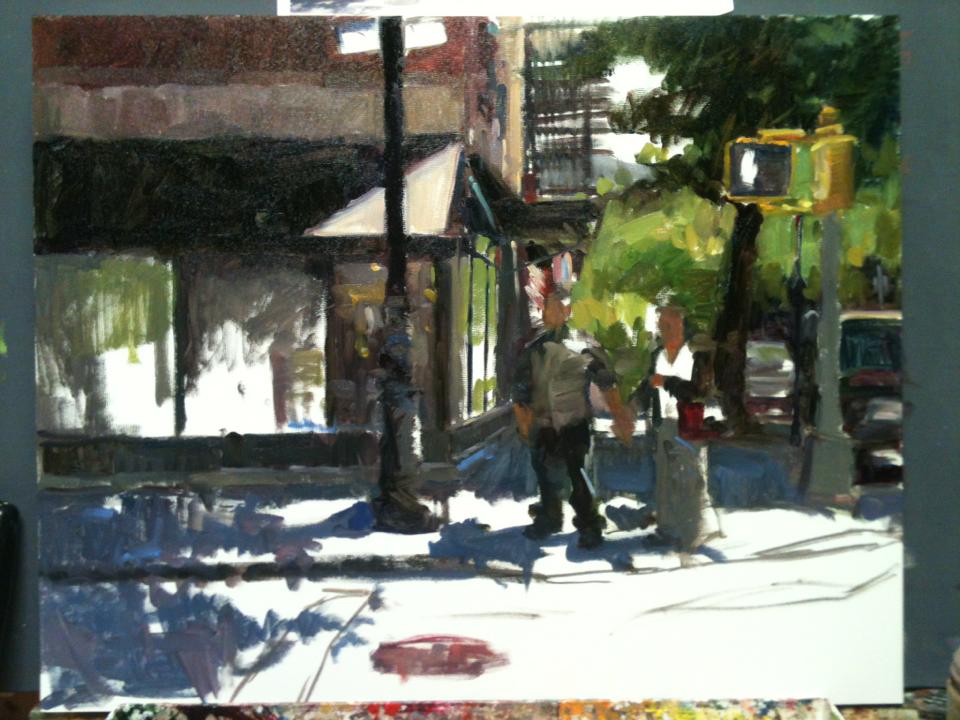
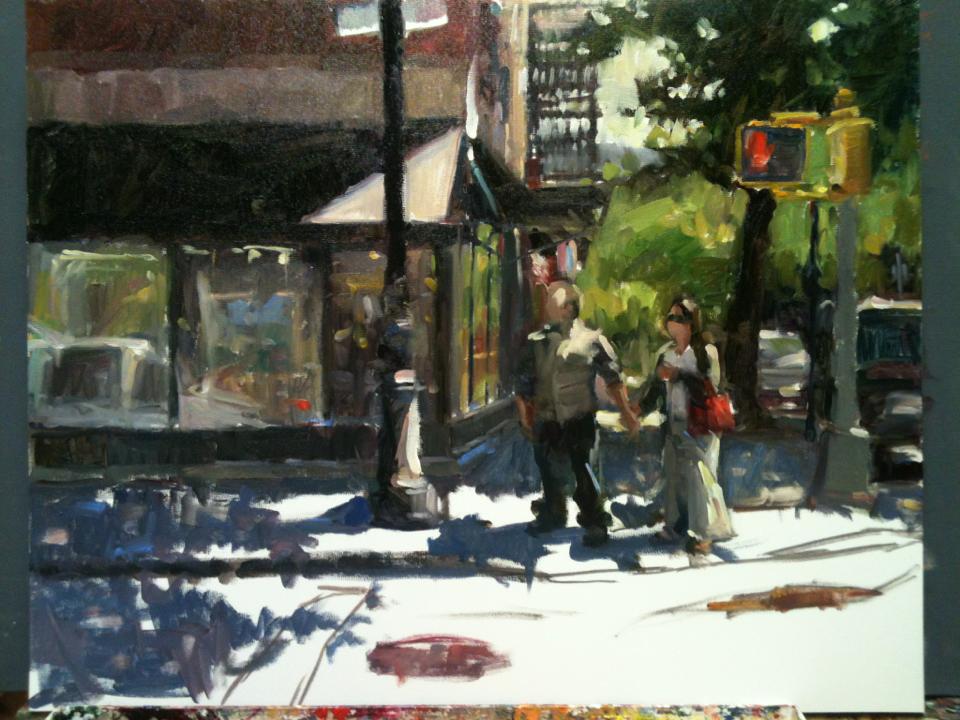
Remember that every effort counts. Too often artists feel we have to “hit it out of the park” every time we approach the easel. Committing to doing quick starts eases the pressure, allows for experimentation and expression, and gets you to work when you think you don’t have time.
This is now part of my working method. I don’t use a timer anymore, but I always start with the idea of covering as much as I can as quickly as I can. I no longer find myself guessing about what to do next or where I am going because my idea has been put in place for me to continue to build on. I encourage everyone to try this as part of their regular routine.
More from Robin Cheers:
Website | Instagram | Facebook
Editor’s Note: Learn about “Brushwork Secrets Unleashed” by Robin Cheers, a 3 1/2 hour art video workshop with five-star reviews!
> Click here to subscribe to the free newsletter, Plein Air Today
> And click here to subscribe to PleinAir Magazine so you never miss an issue!

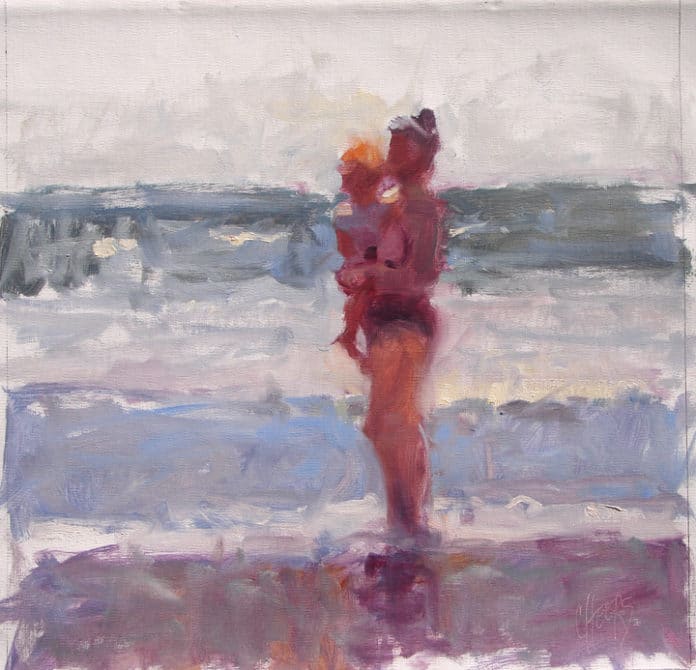



Loved the kitchen tool article! by Robin Cheers!
I think painting is unnecessary tools. This waste of money and space.
Thought I’d like this post, though totally different from what I expected, like – use a cleaver, lol! Don’t have a kitchen timer, but do have an iPhone w/it’s handy time/date features 😊 And especially liked the 3 stage photo sequences, put a much clearer image (literally) in my mind how this might look – thanks so much!